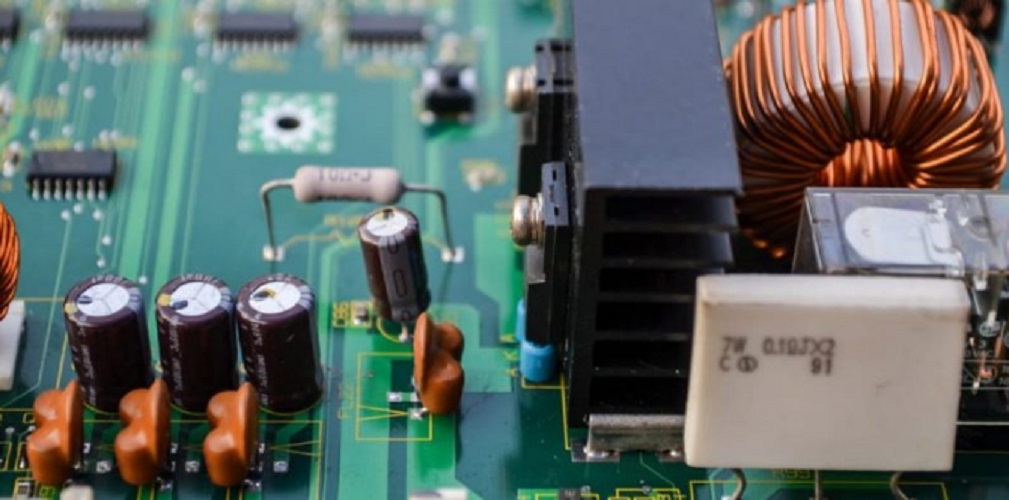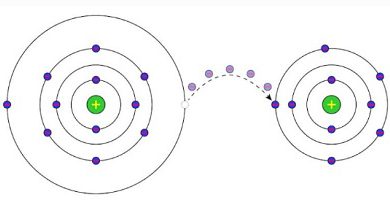What is a transistor?
We explain what a transistor is, its origin and how it works. In addition, the types of transistors and their integrated circuits.
-
What is a transistor?
A type of semiconductor electronic device , capable of modifying an output electrical signal in response to an input signal, serving as an amplifier, switch, oscillator or rectifier, is called a transistor ( trans fer re sistor ). Of the same.
It is a type of device commonly used in many devices , such as watches, lamps, tomographs, cell phones, radios, televisions and, above all, as a component of integrated circuits (chips or microchips).
Transistors have their origin in the need to control the flow of electric current in various applications, as part of the evolution of the electronics field. Its direct predecessor was an apparatus invented by Julius Edgar Lilienfeld in Canada in 1925, but it would not be until the middle of the century when it could be implemented using semiconductor materials (instead of vacuum tubes).
The first achievements in this regard consisted of expanding the power of an electrical signal from conducting it through two gold struts applied to a germanium crystal.
The transistor name was proposed by the American engineer John R. Pierce, from the first models designed by Bell Laboratories. The first contact transistor appeared in Germany in 1948 , while the first high frequency was invented in 1953 in the United States.
These were the first steps towards the electronic explosion of the second half of the twentieth century, which allowed, among many other things, the development of computers .
Materials such as germanium (Ge), silicon (Si), gallium arsenide (GaAs) or silicon and germanium alloys or silicon and aluminum are used in the construction of transistors. Depending on the material used, the device may withstand a certain amount of electrical voltage and a maximum resistance heating temperature.
-
How does a transistor work?

The transistors operate on a current flow , operating as amplifiers (receiving a weak signal and generating a strong signal) or as switches (receiving a signal and cutting off the path) of it. This occurs depending on which of the three positions a transistor occupies at a given time, and which are:
- In active . The passage of a variable current level (more or less current) is allowed.
- In court . It does not let the electric current pass.
- In saturation . Let the entire flow of the electric current (maximum current).
In this sense, the transistor functions as a stopcock of a pipe: if it is fully open it lets in all the water flow, if it is closed it does not let anything happen, and in its intermediate positions it allows more or less water to pass through.
Now, every transistor is composed of three elements: base, collector and emitter. The first is the one that mediates between the emitter (through which the current flow enters) and the collector (through which the current flow leaves). And it does, in turn, activated by a smaller electric current , different from that modulated by the transistor.
In this way, if the base does not receive current, the transistor is placed in the cutting position; if it receives an intermediate current, the base will open the flow in a certain amount; and if the base receives enough current, then the dike will open completely and the total modulated current will pass.
It is thus understood that the transistor operates as a way of controlling the amount of electricity that passes at a given time, thus allowing the construction of logical interconnection relationships.
-
Types of transistors
There are several types of transistors:
- Transistor d and point contact . Also called “contact tip”, it is the oldest type of transistor and operates on a Germanium base. It was a revolutionary invention, although it was difficult to manufacture, fragile and noisy. Today he is no longer employed.
- Bipolar junction transistor . Manufactured on a crystal of semiconductor material, which is selectively contaminated and controlled with arsenic or phosphorus atoms (electron donors), to generate the base, emitter and collector regions.
- Field effect transistor . In this case a silicon rod or some other similar semiconductor is used, in whose terminals ohmic terminals are established, thus operating by positive voltage.
- Phototransistors . They are called light-sensitive transistors in spectra close to the visible one. So they can be operated by means of remote electromagnetic waves.
-
Integrated circuits

The integrated circuits are better known as chips or microchips, and are small structures of silicon or other semiconductors , in a ceramic plastic encapsulation, which we usually find in the electronic panels of various devices (computers, calculators, televisions, etc.).
These circuits are composed of numerous transistors and tiny resistors placed in a sheet, to efficiently perform tasks of manipulation of an electrical signal, such as amplification .





